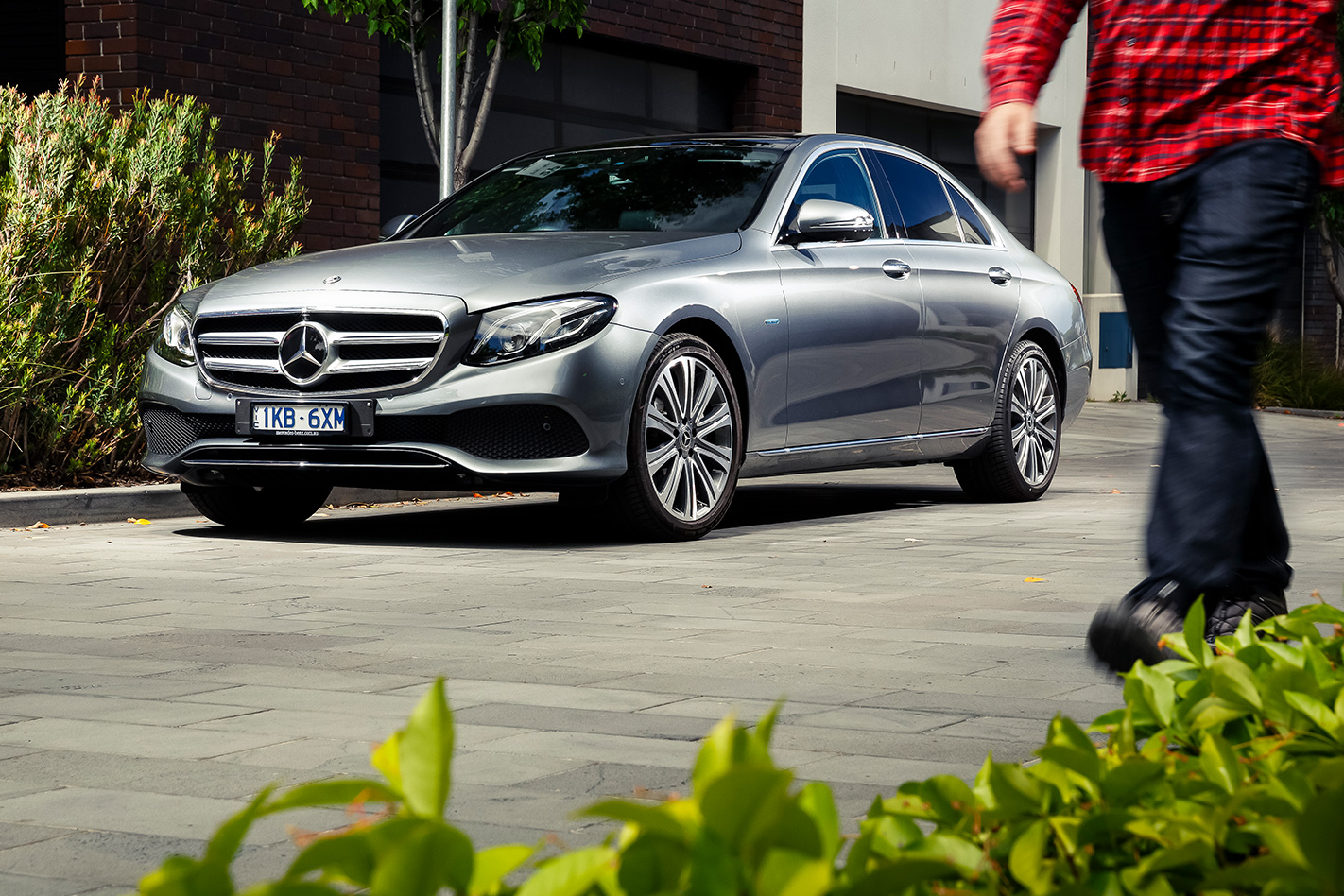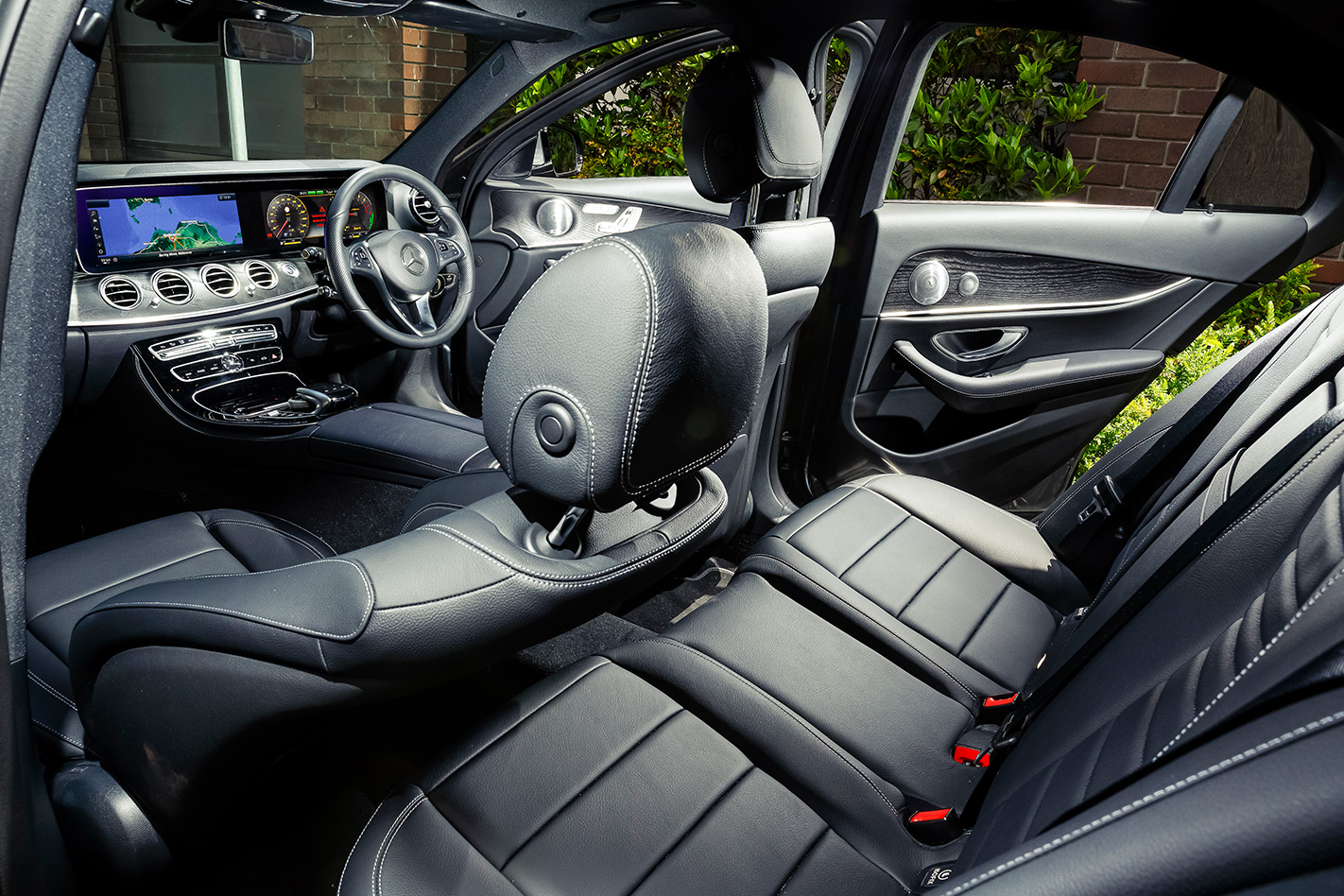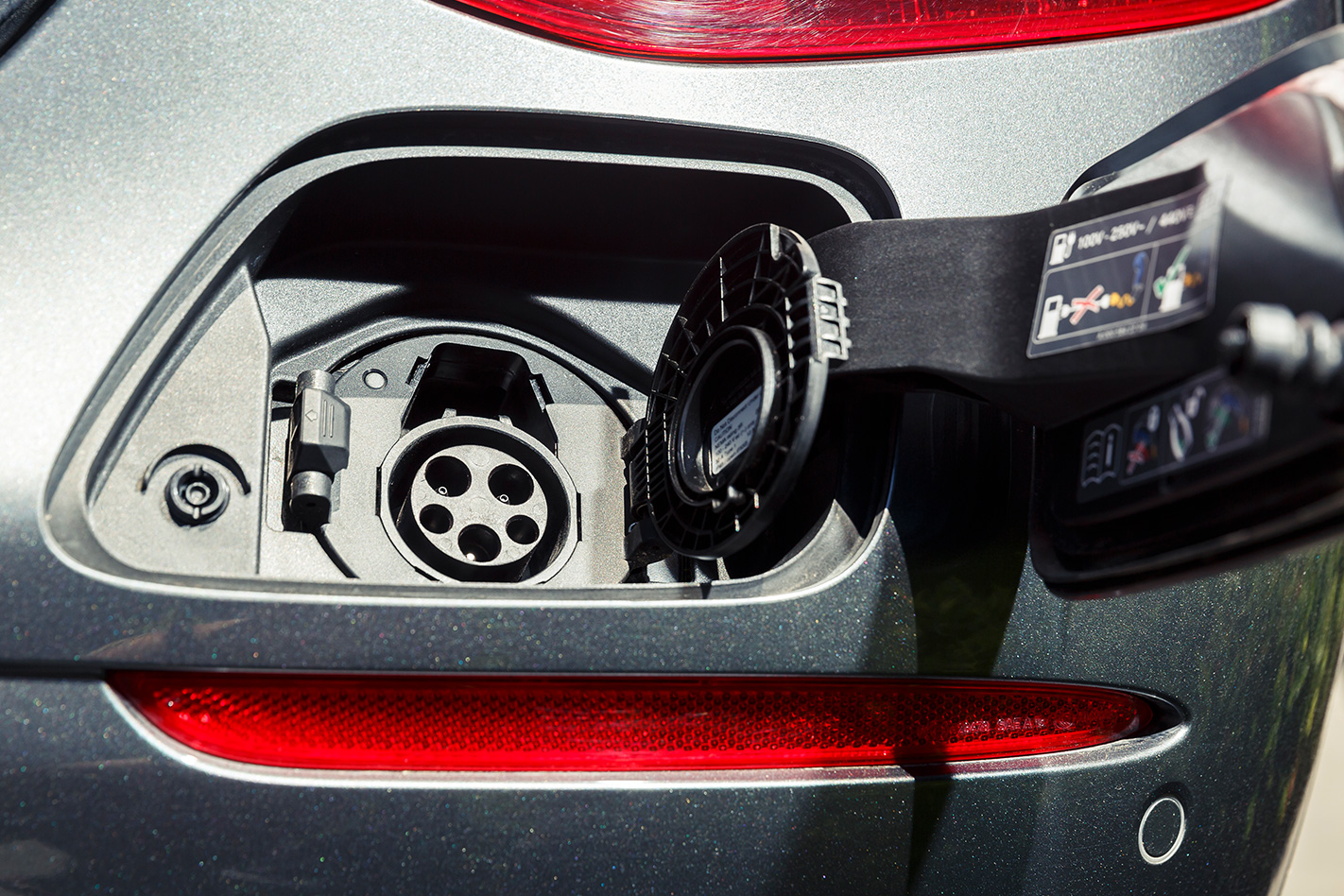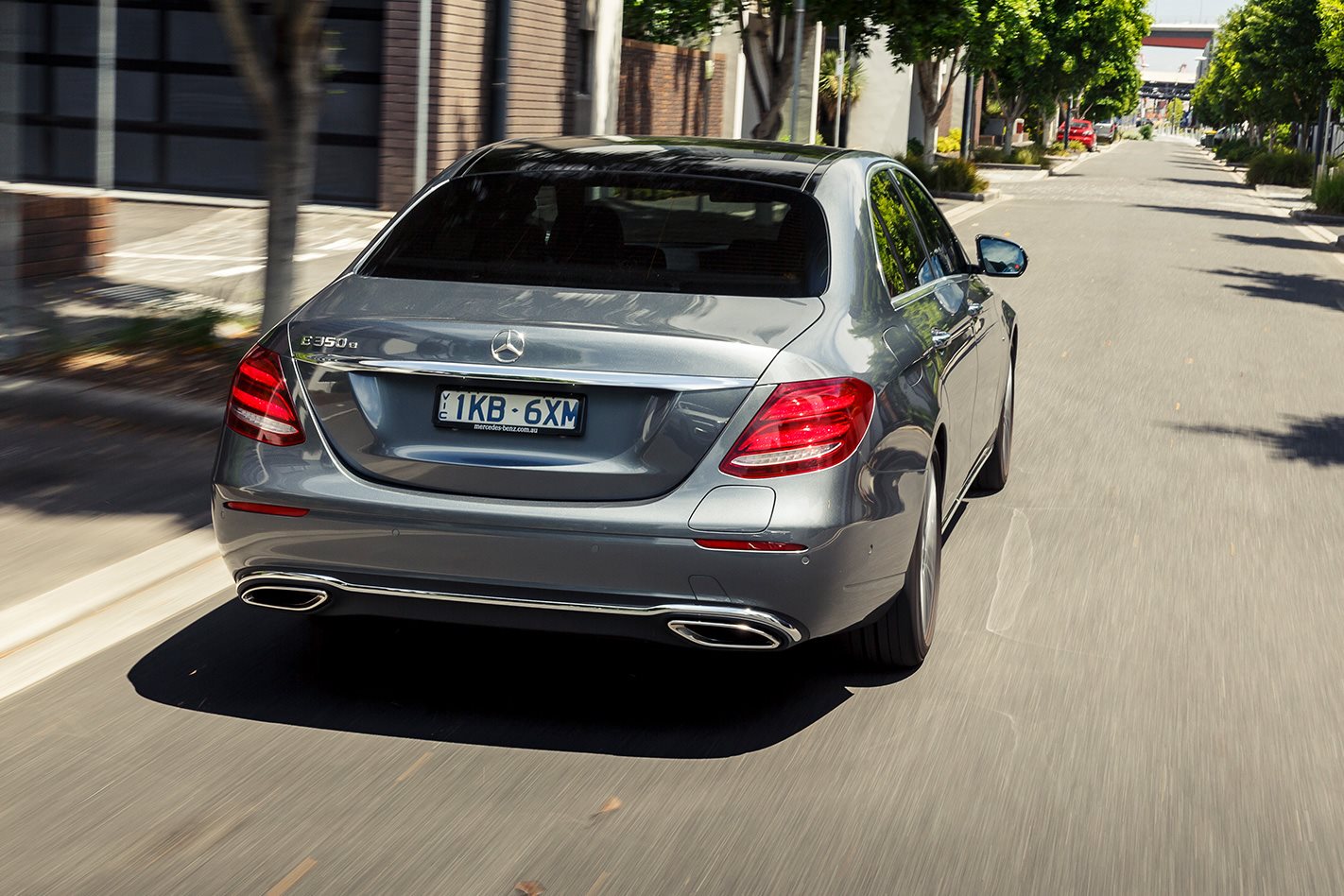THE MERCEDES-Benz E350e isn’t an obvious choice for customers wanting to transition from burning hydrocarbons to consuming electrons.

The problem lies with its battery pack. Of this group, it has the smallest capacity and the lowest claimed EV range, meaning it struggles to excel as a genuine halfway house between conventional internal combustion power and electric propulsion, despite the motor’s impressive 60kW and 440Nm outputs.
Perhaps, then, its best to think of it as a vehicle that caters to established Mercedes-Benz buyers looking to slash their fuel bills.

The E350e is the most fuel-efficient E-Class available, with a claimed consumption of just 2.4L/100km. It achieves this with a combination of a 155kW/350Nm 2.0-litre four-pot turbo-petrol, and the aforementioned electric motor and battery. With combined outputs of 210kW and 550Nm, the E350e is capable of 0-100km/h of 6.2 seconds.
Mercedes claims the E350e can travel 30km on battery power alone, but during our testing, the trip computer estimated we would achieve only 23 kilometres of fully electric travel. Driving predominantly on the highway at 100km/h, while using climate control, we achieved just that, almost to the metre.

According to the ABS, the average Australian has a commute of 16km from home to work. Using this as a guide, and our real-world experience, a typical Aussie with an E350e will hear the Merc’s 2.0-litre turbo fire roughly nine kilometres from home.
With a $132,500 sticker price, the E350e isn’t cheap; that’s about $40K more than the entry E200 and $8K short of the twin-turbo V6 E400. If its main task is preparing customers for more electrified models, it’s a clever pricing strategy from Mercedes-Benz Australia.
Other than the boot space reduction to 400 litres (from 540L in non-hybrid variants) due to the lithium-ion battery, the E350e operates much in the same way as a regular E-Class sedan.
The nine-speed torque-converter auto sends power exclusively to the rear wheels, and is silky smooth on upshifts in both electric and conventional drive modes. However, the system can be puzzlingly abrupt on downshifts when using regenerative braking alone to scrub off speed.
With air suspension as standard, the ride in the E350e is composed and cosseting, and with the battery fully charged, highway driving is a comfortable, wafting experience.
The E350e is a fine way for Mercedes-Benz customers to dip their toes in the electrified pool without getting a shock. One that, with some bigger batteries from the EQ parts bin, could only become more compelling.






